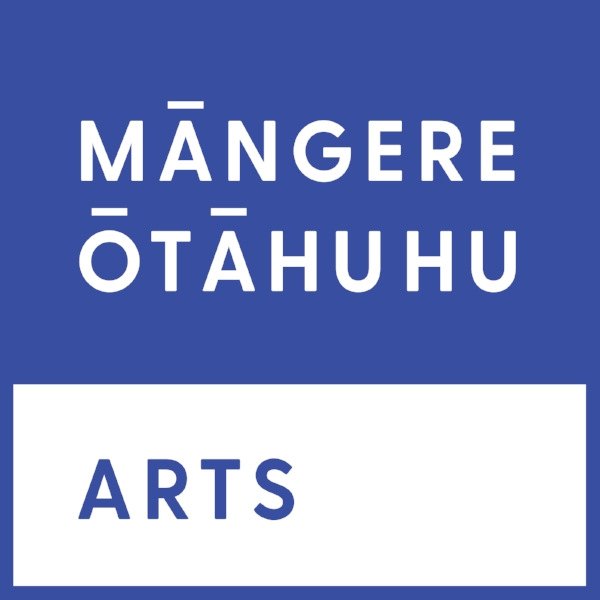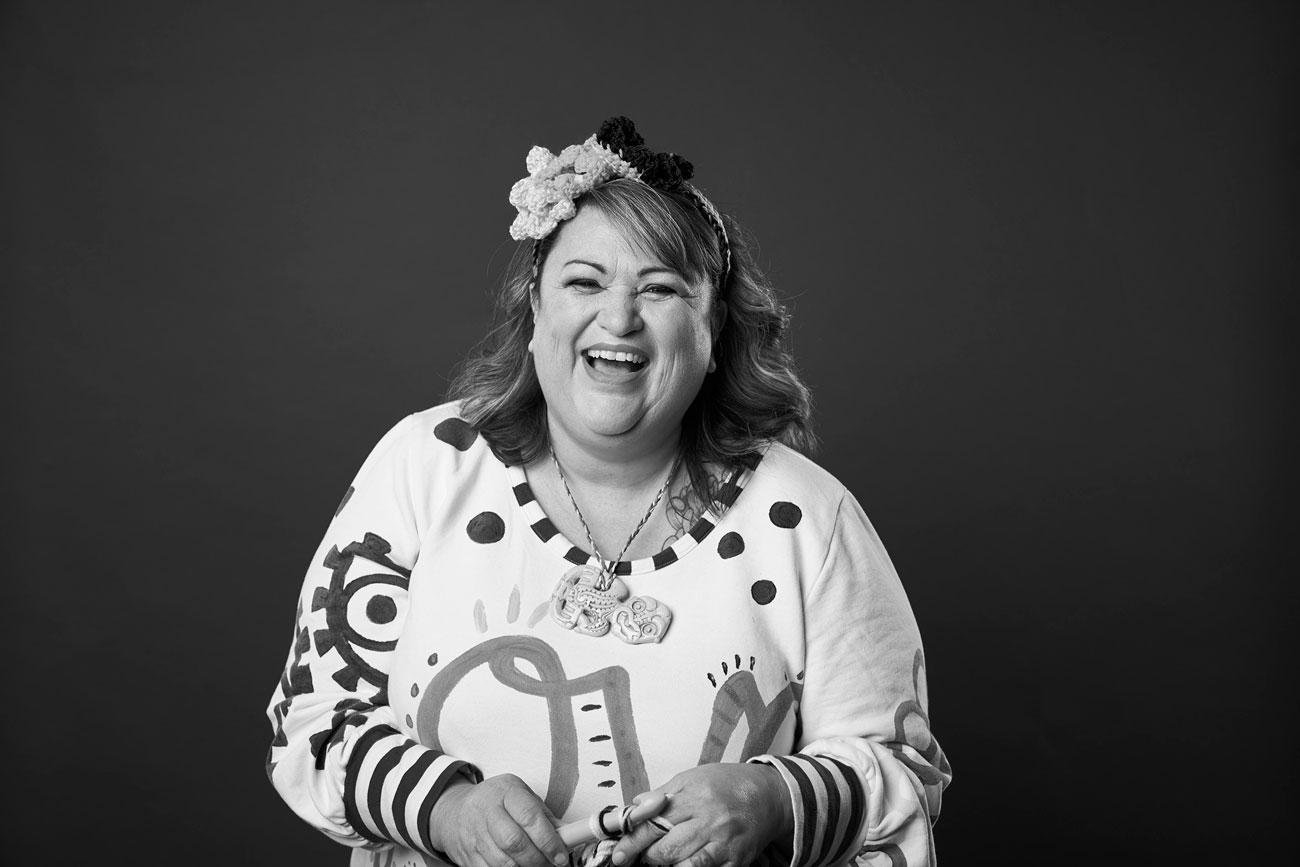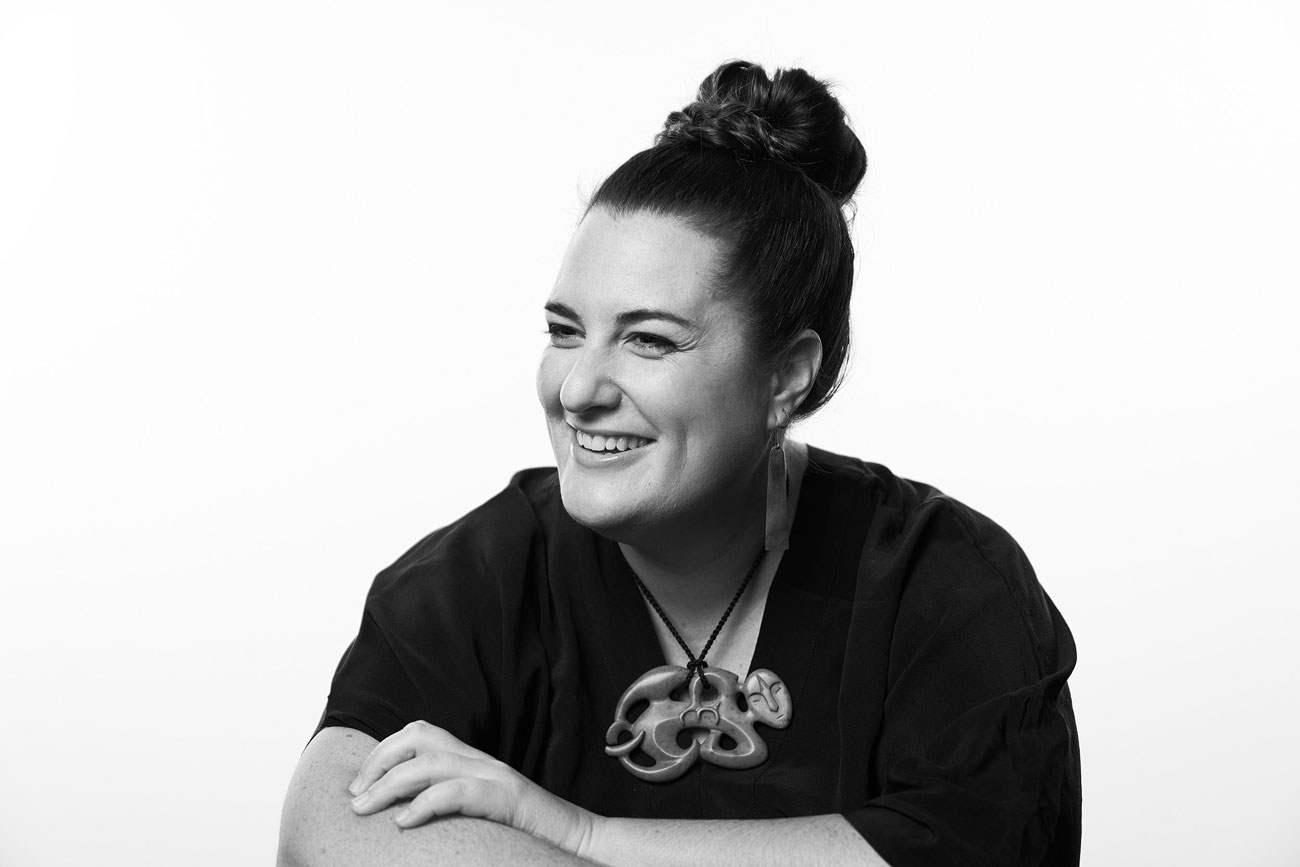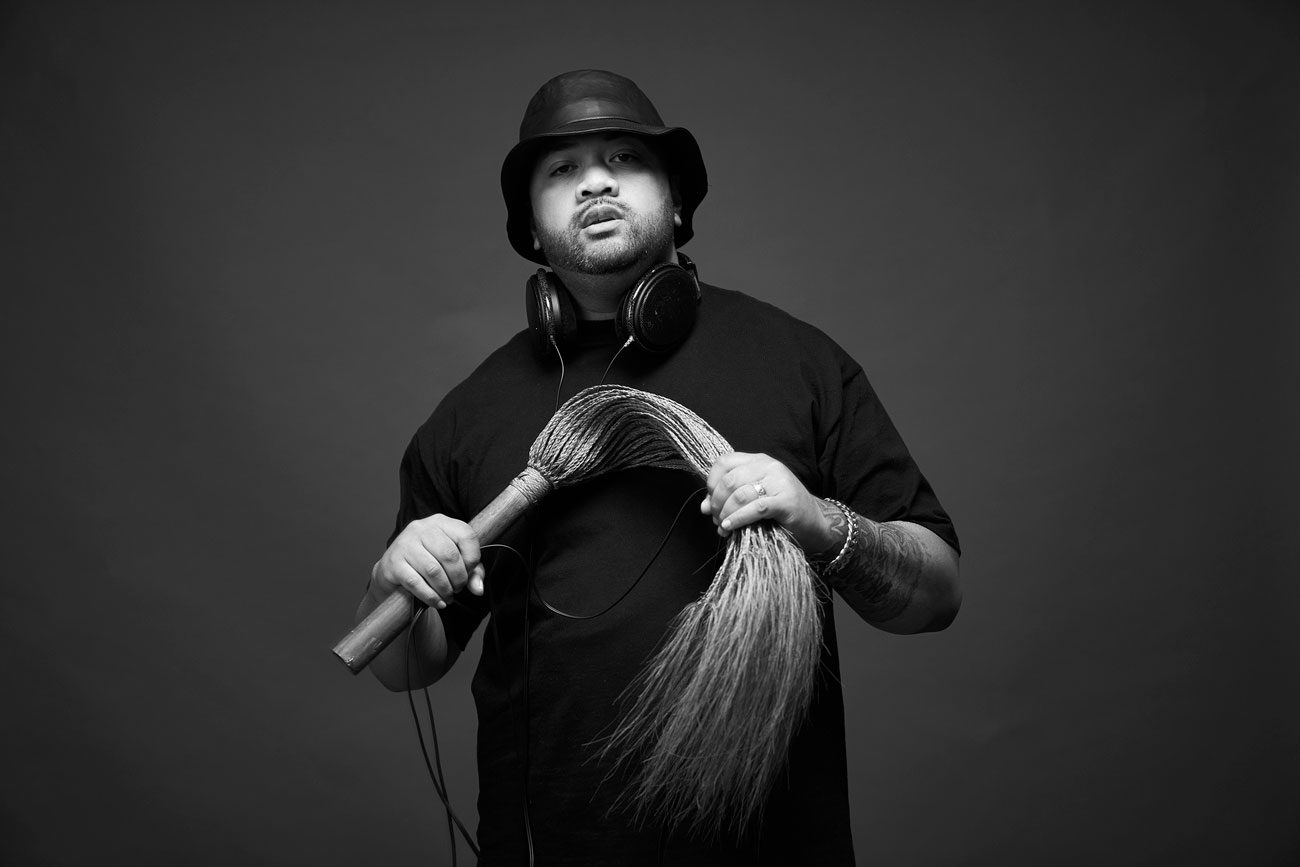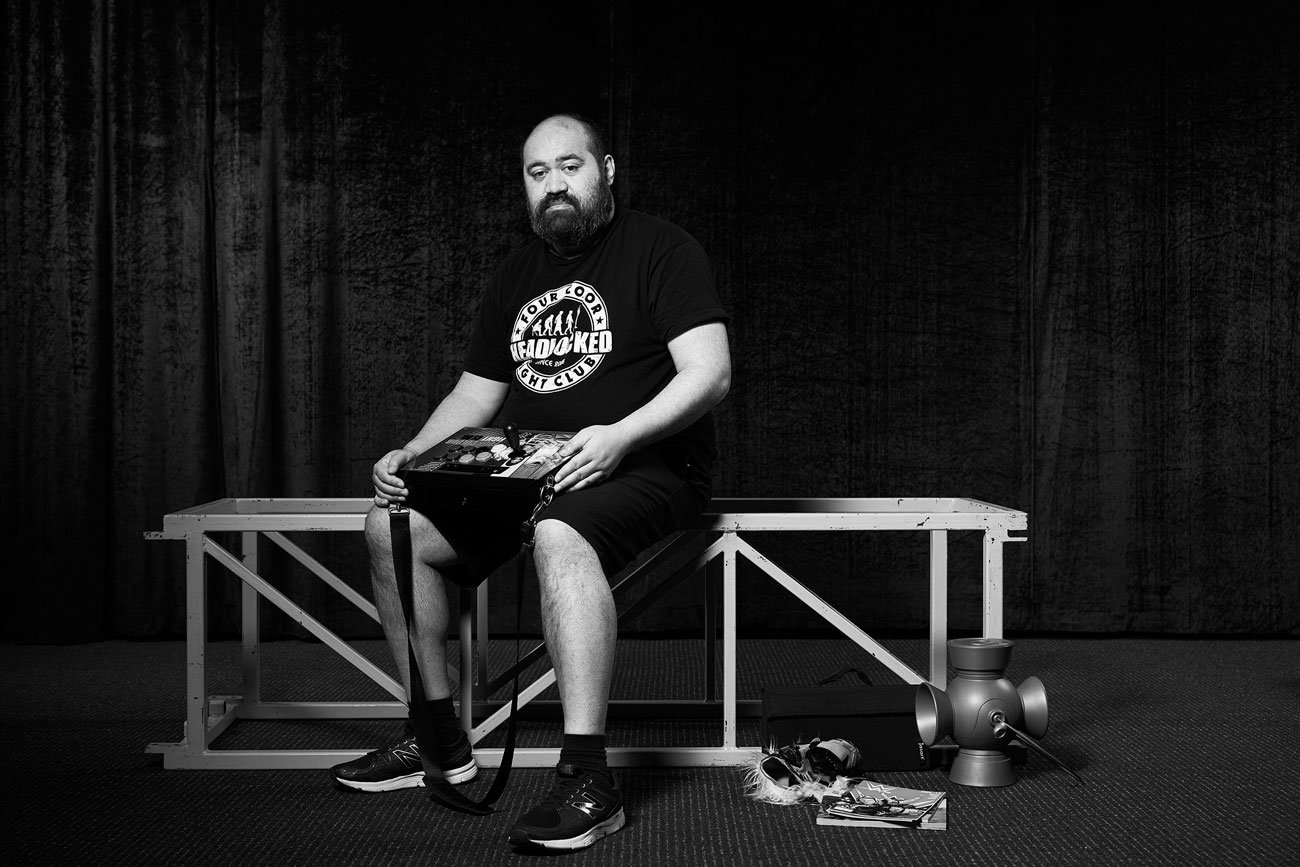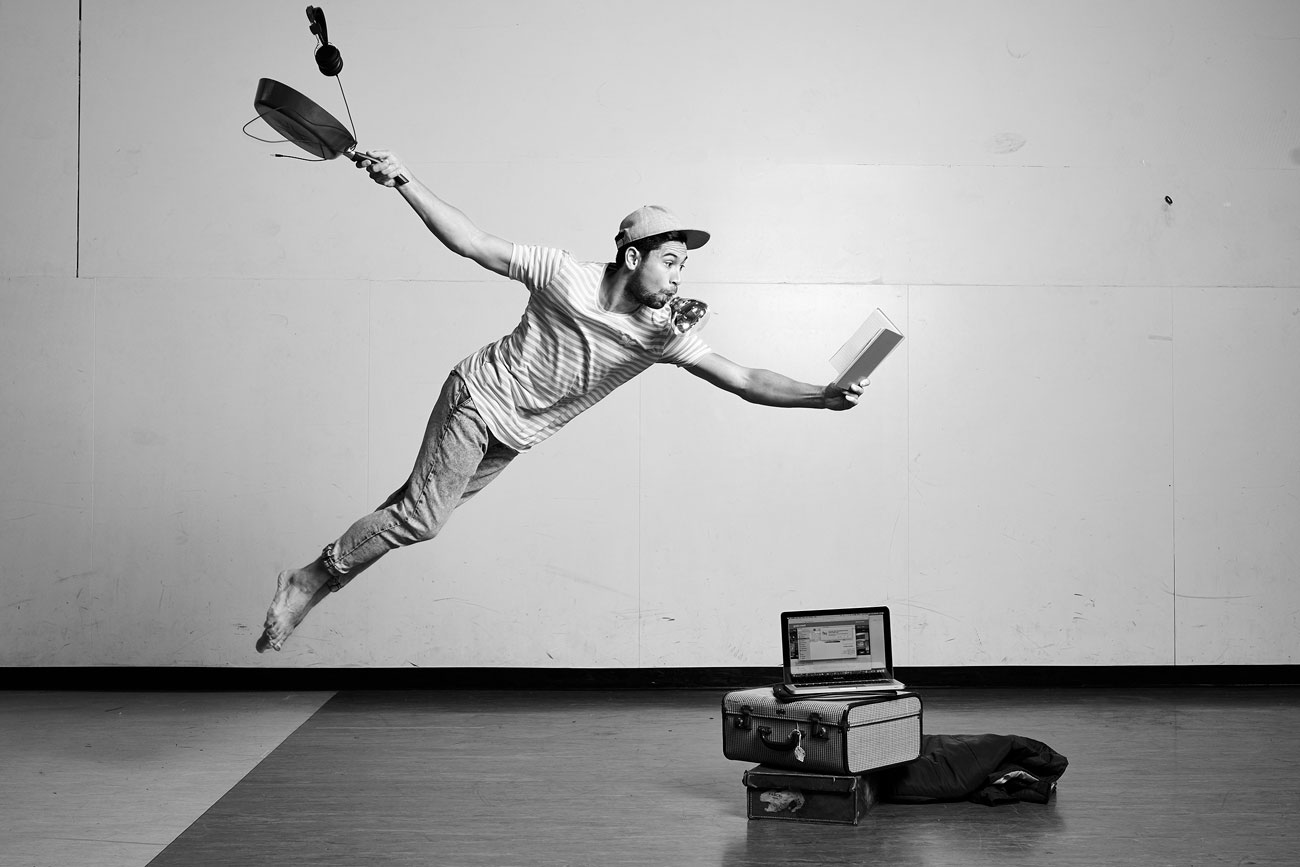"MY FAMILY AND FRIENDS MAKE ME FEARLESS"
– Andy Leleisi'uao
Mapping Creative Hustle is a series of interviews with creative entrepreneurs connected to the Māngere Ōtāhuhu area. The interviewed were conducted by Ema Tavola with portrait photography by Vinesh Kumaran.
In your own words, what do you do for a living?
I work on my art practice. There are different levels to it: it provides for my family, but it also allows my creativity and imagination to thrive. And, I’m in a position to do this every day. So, I haven’t had a real job, in a conventional sense, for 20 years. So, I’m an artist – a full-time artist.
Why do you do what you do?
At the end of the day, it’s an innate calling. There’s this poem that I think about every time I wonder about what I’m doing, and it goes:
I feed the flame within, which so torments me
That it both pains my heart, and yet contents me
Tis such a pleasing smart, and so I love it
That I had rather die than once remove it.
It’s by John Dryden. So, it’s an innate calling; I don’t have any control over it. All I know, and this has taken me years to understand, I am what I am, because of this calling that I have, and it’s a flame that you can’t extinguish. And throughout my whole life, I’ve let it down, but my work has never let me down. So, it is what it is. And I’ve had enough regrets in my life to understand now that my work has meaning.
Have you had an epiphany that has led you to this path in life?
It happens at different stages, and it happens at multiple levels.
When family come over, I have work up on the walls in the kitchen but they don’t understand what I actually do… for years my Mum thought I was on the dole. But she sees my work ethic. For example, when she goes the bathroom at two o’clock in the morning, she’ll always look out to see if my studio light is on, so she knows that I work. And all that work that I do, she prays that it comes to fruition.
I’m very lucky and conscious that I have loved ones and family behind me, and collectors who buy work. That’s an investment that I acknowledge and appreciate. It contributes to the self-empowerment, that ‘maybe I’m doing something right’. And although I won’t compromise my values, it’s something that brings enjoyment to others, I’m thankful for that.
If there was one thing you could outsource to help you do more, or be more effective, what would it be?
I will find it! Because, as I said earlier, my family and friends make me fearless. And if I can find things that can enhance, not only my work practice but my fellow artists and peers and young artists, I’ll find it. It might take a while, but I’ll find it.
I’m not on social media, and I don’t find that a handicap at all. I like the personal one-on-ones, and that’s how I generally do what I do, and have been able to do what I do. I’m with four different galleries, they take care of the business side, and I’m smart enough to know that that’s not my forte. But what I’m good at, I stick to. So, in a business sense, regarding business acumen, I rely on others to inform me and I make my decision based on what’s the best thing for myself to move ahead. And it’s always in the back of my mind: family, my support system and my values. If I don’t like it, then I won’t be part of it.
I play chess. And the good thing that chess has taught me is to think outside of the square, but I’m very conscious of the decisions I do make, and I rely on others to inform me to make better decisions.
What is something you wish you could do/find locally that would support you as a creative entrepreneur?
I think people, and relationships and how we build them, locally and on different levels in our community, that’s something we need to address.
I think coming to the Māngere Ōtāhuhu Arts May Meet Up was inspiring, and I think as artists, we get inspired in different ways. I was sitting there thinking, this is magic! These people are in our communities, and it doesn’t bother me if I meet them or not, I listened and heard their stories, and they put their stories forward to be considered. It’s like when you put a piece of work up in a gallery for consideration. I thought they were brave, and at the same time, I was really chuffed. These are local people, on different levels, I was really inspired by that evening.
The key is always to be aware and alert, and not be occulent. For any artist to be mentally fecund, they have to be open.
What do you wish you could change in societal attitudes that would enable you and other creative entrepreneurs to thrive?
Societal attitudes and opinions change all the time. So who cares? For me it’s about the chase, the process, just as much as the rewards. Anything that promotes Pacific Island art and culture, relating to who we are and what we are doing in this country, is something that’s always worth striving towards.
What do you love about living and working in the Māngere-Ōtāhuhu area?
Māngere – we’ve had David Tua, Valerie Adams, Joseph Parker’s down the road! Fatu [Feu’u] was here, Jonah Lomu was here, David Lange, William Sio – for such a small suburb, we’ve contributed hugely to the make-up of Aotearoa.
Māngere – I’ve lived there nearly 40 years. I love Māngere, just as you love Ōtara, just as you love Suva. This is my village! I’ve seen the transformation… we used to walk across fields. There’s been a lot of change, but then you go to the Wanderers pub, and nothing’s changed! I love walking in there because you never know who you’re going to meet, who you’re going to have a drink with, and ethnicity doesn’t matter when you’re there. And I love it because it’s ethnicity city when you’re there! Māori, Cook Island, Tongan, Samoan, Palagi… I love my community.
I love going to Pak N Save; to me, that’s a gallery! When you walk in, you’ve got music playing, you’ve got people working doing installations, you’ve got performance, you’ve got participation from the audience, you’ve got artwork all around you, so that’s my Auckland Art Gallery in many ways! Every day you go in, it’s different. You go through the check outs and start talking to the locals, and it keeps it real. It reminds me: this is what it feels like to be part of a community.
Then you’ve got MAC (Māngere Arts Centre)… and all the hits and misses of that place. But the amount of brown energy it creates, night after night or day after day, you know – we’re blessed.
Would your work or practice be different if you lived somewhere else?
Probably would be, because I’m a product of my environment, and that’s just the artist in me. Having said that, with my iconography, it’s quite universal, but I do think it would be different.
What inspires you to keep going when the going gets tough?
I don’t really have down days. I walk out of my studio, where I sleep, my Mum and Dad are in the house, and I make sure I touch my Mum and Dad every day, because once they’re gone, they’re gone. And, at night, I light my candles, I play my vinyl, and I do my work.
This is just me getting older: I appreciate what I do, and I love the freedom that I do have. At the same time, I put myself in that position, and I know I’m lucky, to not work for somebody else. And it’s a position I don’t take for granted, and when I do sell my paintings, I love spending it on my family and my friends. So, when you ask whether I ever get down, no! Because I know I’m also creatively fertile.
I don’t really have down times because to me, that’s like a challenge. I worked in factories for seven years. One week it was 3 – 11pm, another week it was 11pm – 7am, then the next week would be 7am – 3pm. And that was like a prison to me.
Even when I didn’t get into art school, and couldn’t find a gallery for seven years, and spending that time in the factory, all that taught me valuable lessons about what I wanted to do and who I knew I was but couldn’t be.
So today, every day is a blessing and I don’t take it for granted.
